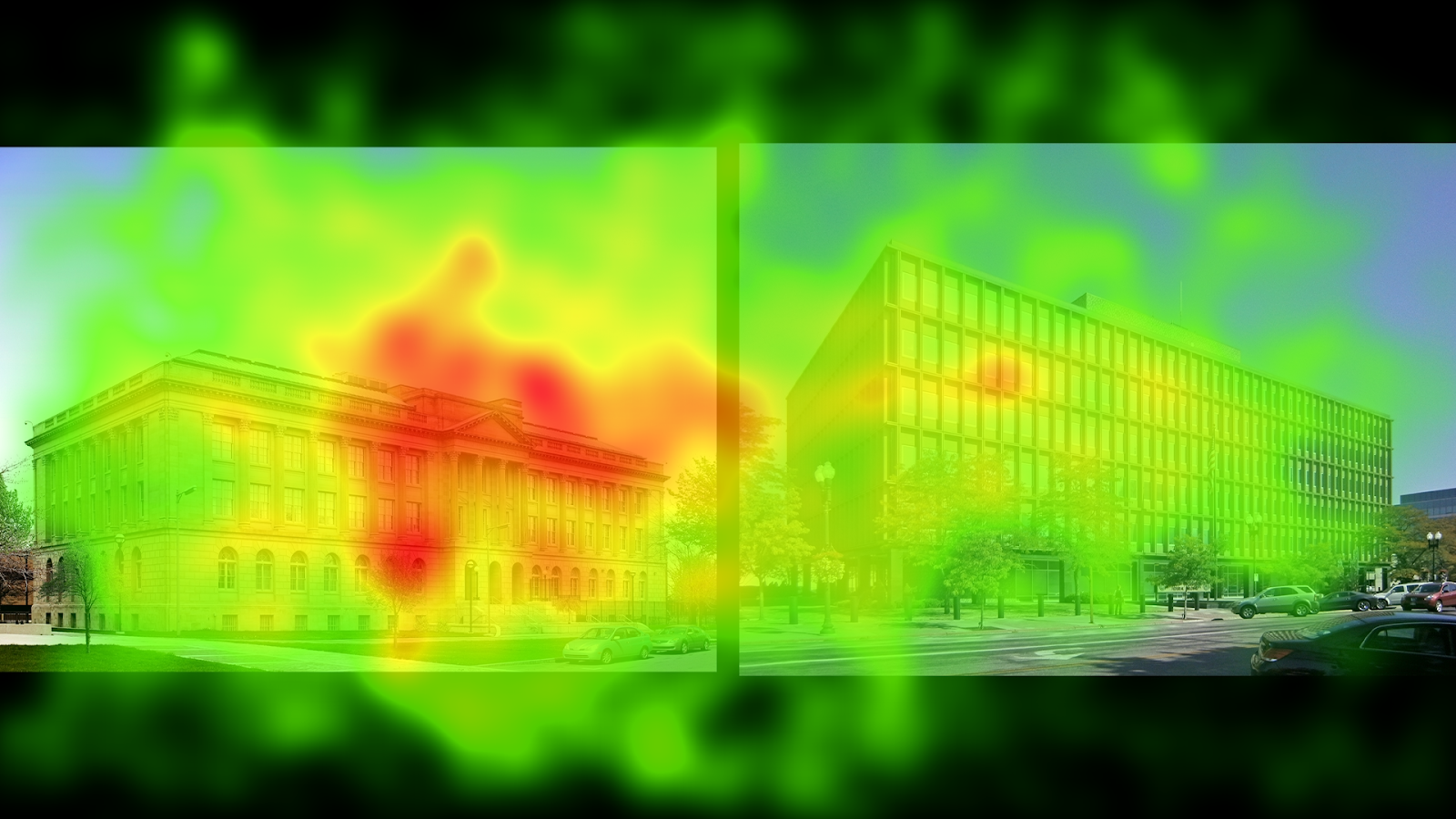This is of major concern, because architecture is by people for people. I agree one hundred percent. However such a study should include the cultural perspective because there are interesting differences of interests and aspects of desire that apply. For example some cultures are more comfortable in high density areas and some like more open space. There are also subcultures within cultures. There are two Federal Courthouses built before the idea of making all federal buildings in the traditional form in the State of Alabama, Tuscaloosa, and Mobile. The one in Tuscaloosa is a very classical Greek design by Hammond Beeby Rupert Ainge, Chicago. The one in Mobile looks like the 1920's classical-ish. The story there is that quite elegan modern design was prepared by Moshe Safdi, but the Citizens of Mobile loudly rejected it. Hartman, Cox of Washington D.C. Designed it. The culture of Alabama is very conservative-traditionalist, and the rejection of the safdi design could be considered an example of cultural influence in this subject.
Original Message:
Sent: 10/7/2022 12:01:00 PM
From: Andre A. Larroque AIA
Subject: RE: Study-#1 Results: Eye Tracking Public Architecture
While this study is interesting and may be valuable for guiding computers of driverless cars, for example, it stops short. A coldly scientific, uber-STEM approach to analyzing architecture that doesn't address the cultural aspects of design is incomplete. It does, intentionally or not, imply that Robert Venturi was right when he showed us, in this modern age, how buildings act sometimes as 'signs' and have something to say. When that signage is in a language that we all understand we tend to pay attention more. When the building employs a 'facade' and the symbolism applied is recognizable we tend to take note. The last federal administration promoted a certain perceived sense of culture in proposing federal building guidelines saying that new projects should have a 'Classical' theme. Most architects afraid of creativity infringement fought against this tooth and nail. While I do not propose a return to Post-Modernism, a movement that started brilliantly but died an ugly death, I do think that there are some bridges to be built that connect opposing ideas of what is good public architecture.
--
Andre A. Larroque, AIA, CSI, NCARB
Original Message:
Sent: 10/5/2022 5:35:00 PM
From: Donal R. Simpson FAIA Member Emeritus
Subject: RE: Study-#1 Results: Eye Tracking Public Architecture
The eye in the study is not tracking architecture, it is reacting to a photograph. Architecture is experienced multi-dimensionally and in person.
Sent from my iPhone
Original Message:
Sent: 10/4/2022 5:34:00 PM
From: Kimble Hobbs AIA
Subject: RE: Study-#1 Results: Eye Tracking Public Architecture
I can't argue with the findings but I'm with Lyndon here - the images of "modern" buildings that are used in the study are not great examples.
We have learned much since most of those buildings were built.
It clear that the images were selected to prove the thesis.
There are modern buildings that hold our interest having elements that hold the observant eye.
More studies like this are needed to get to the source of our perceptions.
------------------------------
Kimble Hobbs AIA, NCARB
Arch 11
Boulder CO
------------------------------
Original Message:
Sent: 10-03-2022 09:09 PM
From: Ann Sussman
Subject: Study-#1 Results: Eye Tracking Public Architecture
Thinking matters...but not as much as we think!
Our cognition is embodied...it's influenced by physical + emotional responses that are subliminal + we don't control!
Evolution has essentially preset our response to stimuli...this is why Stop signs are red worldwide;
It's also why buildings – worldwide – featured face-like facades + dripped with ornament + detail up until WWI;
To take the primate brain out of its vigilant state, nature's preset what we need to see...much as she preset how our daily need for water + air!
Can't be any other way!
More here:
Ann
Original Message:
Sent: 10/3/2022 8:26:00 PM
From: Donlyn Lyndon FAIA Member Emeritus
Subject: RE: Study-#1 Results: Eye Tracking Public Architecture
Exceptionally simplistic; it's not where the eye goes that matters it's what the mind and body do with the information gained which has significance
What ideas are remembered or promoted: what movements are induced; how are those processed by the mind and what encounters do those bring about in our lives and sense of well-being?
--
Donlyn Lyndon FAIAArchitecture and Place
510 910 6350
Original Message:
Sent: 10/2/2022 10:14:00 PM
From: Ann Sussman
Subject: Study-#1 Results: Eye Tracking Public Architecture
https://geneticsofdesign.com/2022/10/02/what-riveting-results-from-buildingstudy1-reveal-about-architecture-ourselves/

by Ann Sussman, RA + Hernan Rosas
The results are in for Study #1: Eye Tracking Public Architecture. How do people look at these buildings? What immediately draws their eye? Do some buildings make people feel happy and others less so? How does architecture enhance or degrade the public realm?